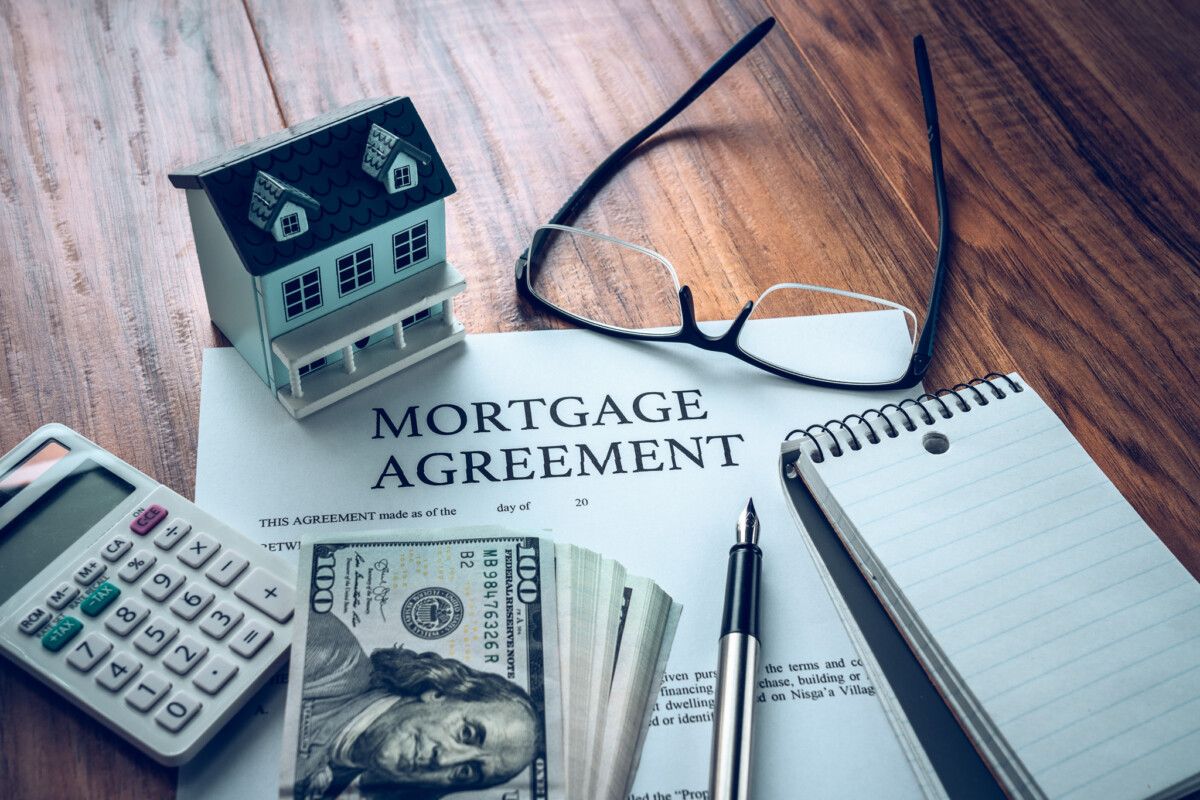The Equal Credit Opportunity Act (ECOA) is a crucial piece of legislation that aims to ensure fair and equal access to credit for all individuals. Enacted in 1974, the ECOA prohibits discrimination in credit transactions based on race, color, religion, national origin, sex, marital status, age, or because an individual receives public assistance. This comprehensive guide delves into the ECOA, its significance, and its impact on consumers and lenders.
Understanding the ECOA
The ECOA was established to promote fairness in the credit market and to prevent discriminatory practices that could hinder individuals from obtaining credit. Administered by the Consumer Financial Protection Bureau (CFPB), the ECOA applies to any entity that extends credit, including banks, credit unions, finance companies, retail stores, and other lenders.
Key Provisions of the ECOA:
- Prohibition of Discrimination: The ECOA prohibits creditors from discriminating against applicants based on protected characteristics. This ensures that all individuals have an equal opportunity to access credit.
- Notice of Action Taken: Creditors must notify applicants of their decision within 30 days of receiving a completed application. This includes approving, denying, or taking other actions on the application.
- Reason for Denial: If an application is rejected, creditors must provide specific reasons for the denial or inform the applicant of their right to request the reasons.
- Evaluation of Creditworthiness: Creditors must evaluate applicants based on their creditworthiness without considering prohibited factors. This includes reviewing income, assets, debts, and credit history.
- Special Purpose Credit Programs: The ECOA allows for special purpose credit programs designed to meet the credit needs of economically disadvantaged groups.
The Importance of the ECOA
The ECOA is vital in promoting equality and fairness in the credit market. Here’s why it’s important:
1. Promotes Equal Access to Credit
The ECOA ensures all individuals have equal access to credit opportunities regardless of background. By prohibiting discriminatory practices, the ECOA helps level the playing field and allows individuals from diverse backgrounds to pursue financial goals, such as purchasing a home, starting a business, or funding education.
2. Enhances Financial Inclusion
Financial inclusion is essential for economic growth and stability. The ECOA fosters financial inclusion by ensuring that underserved and marginalized communities can access credit. This inclusion allows individuals to build credit histories, improve financial literacy, and participate more fully in the economy.
3. Encourages Fair Lending Practices
The ECOA encourages lenders to adopt fair lending practices, which promote trust and transparency in the credit market. Lenders can make more informed and unbiased lending decisions by evaluating applicants based on their creditworthiness rather than prohibited factors.
4. Reduces Discrimination and Bias
Discrimination and bias in lending can have long-lasting adverse effects on individuals and communities. The ECOA helps reduce these practices by holding lenders accountable for their actions. This accountability ensures lenders cannot arbitrarily deny credit based on prejudiced views.
5. Provides Legal Recourse
The ECOA provides legal recourse for individuals who believe they have been discriminated against. Consumers can file complaints with the CFPB or take legal action against creditors who violate the ECOA. This legal protection empowers consumers to fight against unfair treatment.
Impact on Consumers
The ECOA significantly impacts consumers by protecting and promoting fairness in credit transactions. Here are some key ways the ECOA benefits consumers:
1. Increased Access to Credit
By prohibiting discrimination, the ECOA ensures that more individuals can access credit. This increased access allows consumers to pursue various financial opportunities and improve their quality of life.
2. Transparency in Lending Decisions
Creditors need to provide specific reasons for denying credit applications, which promotes transparency. Consumers can understand why their application was rejected and take steps to address any issues, such as improving their credit score or reducing debt.
3. Protection of Consumer Rights
The ECOA protects consumers from discriminatory practices and ensures their rights are upheld in credit transactions. This protection gives consumers confidence that they will be treated fairly when applying for credit.
4. Empowerment Through Legal Action
Consumers can take legal action against creditors who violate the ECOA. This empowerment allows individuals to seek justice and hold lenders accountable for discriminatory practices.
5. Support for Disadvantaged Groups
Special purpose credit programs under the ECOA support economically disadvantaged groups by providing tailored credit opportunities. These programs help address financial disparities and promote economic mobility.
Impact on Lenders
The ECOA also impacts lenders by setting standards for fair lending practices and promoting accountability. Here’s how the ECOA affects lenders:
1. Compliance Requirements
Lenders must comply with the ECOA’s provisions to avoid legal and financial consequences. This compliance includes adopting fair lending practices, providing timely notifications, and ensuring transparency in lending decisions.
2. Reputation and Trust
Adhering to the ECOA enhances a lender’s reputation and fosters consumer trust. Fair lending practices demonstrate a commitment to equality and can attract a diverse customer base.
3. Legal and Financial Risks
Non-compliance with the ECOA can result in legal action, fines, and reputational damage. Lenders must implement policies and procedures to ensure compliance and mitigate these risks.
4. Evaluation of Credit Policies
The ECOA encourages lenders to regularly evaluate and update their credit policies to ensure they align with fair lending practices. This evaluation helps identify and eliminate potential biases in lending decisions.
5. Contribution to Financial Inclusion
Lenders complying with the ECOA contribute to financial inclusion and economic stability. Fair lending practices help build a more inclusive credit market, benefiting consumers and the broader economy.
Conclusion
The Equal Credit Opportunity Act (ECOA) is a cornerstone of fair lending practices in the United States. The ECOA ensures all individuals have equal access to credit opportunities by prohibiting discrimination in credit transactions. This legislation promotes financial inclusion, enhances transparency, and provides consumer legal protections. The ECOA sets standards for fair lending practices for lenders and encourages accountability. Understanding the ECOA’s provisions and significance is essential for consumers and lenders to navigate the credit market effectively and promote fairness and equality.





















